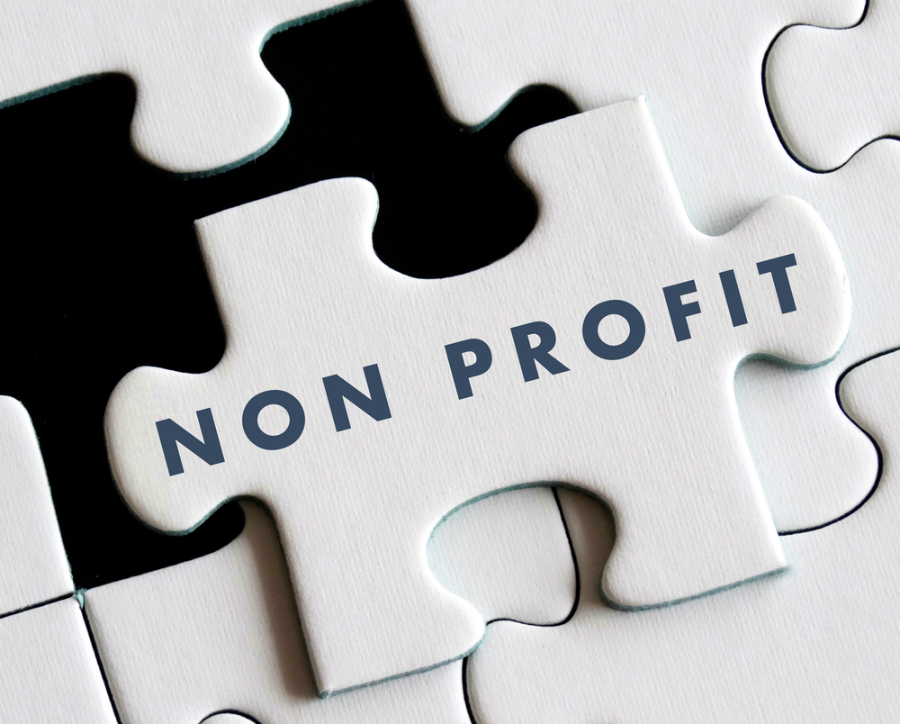Company Limited by Guarantee Or Incorporated Association: Which Legal Structure Should You Choose for Your Non Profit?
So you are thinking of setting up a not-for-profit organisation and not sure what legal structure to utilise? Or you have an established Non Profit organisation but not sure if your current legal structure is the most effective for you to achieve your NFP purpose? In this blog, we explore the two most common legal structures for NFP organisations in Australia: Non profit Company Limited by Guarantee and Incorporated Associations, and highlight the pros and cons of each option.
The two most popular forms of incorporated structures are Incorporated Associations (IAs) and Non Profit Company Limited by Guarantee (CLG). In a number of cases, entities may start out as IAs but will later restructure themselves as CLGs as their operations and needs change.
Choosing the right incorporated structure for your organisation is a very important legal decision, as it has consequences for:
- where your organisation is allowed to operate (ie. only in one state or across Australia);
- your ability to attract external funding and obtain finance;
- who your organisation must provide information to (ie. a government regulator); and
- what kind and level (detail) of information your organisation must provide.
Incorporated Associations
Incorporated Associations were introduced as a legal structure to provide a simple and inexpensive means of incorporating not-for-profit groups. All States and Territories have their own, slightly different, laws to set up associations.
IAs can only operate within the State that they are registered – so for Queensland under the Associations Incorporation Act 1981 (Qld), an IA can only have operations within the QLD state boundaries. If your NFP has, or is planning operations in multiple states (including fundraising in other states, e.g via a nationwide internet appeal), then an IA model is unlikely to be appropriate to meet your needs.
The Government Regulator of IAs in QLD is the Office of Fair Trading. If you are registered as a charity, you will also be registered with the Australian Charities and Not-for-profit Commission (ACNC), and must also report to the ACNC. This means IAs that are registered charities will report to at least two regulators.
Reporting and Audit Requirements – Incorporated Associations
Reporting and audit requirements are on a tiered basis, with tier 1 IAs (current assets or revenue greater than $100k) having a requirement to prepare financial statements and have them audited.
Tier 2 IAs (current assets or revenue between $20,000 and $100,000) have a requirement to prepare financial statements, have them signed by an approved person who can certify that financial records show that the IA has adequately controls in place. These financials are also required to be lodged with the Office of Fair Trading, but no requirement for an audit.
Tier 3 IAs are also required to lodge financial statements, with the IA’s President or Treasurer preparing a signed statement stating that the IA keeps financial records in a way that properly records the association’s income and expenditure and dealings with its assets and liabilities.
There is no requirement for the accounts to be audited or reviewed.
Non Profit Company Limited by Guarantee
Although we often think of a ‘company’ as being a business, a non profit Company Limited by Guarantee (‘CLG’) is a special type of company structure for not-for-profit groups all across Australia. Just like a business company, it has ‘directors’, but unlike a business, has ‘members’ instead of ‘shareholders’. Some of the provisions of the Corporations Act (eg. directors’ duties and penalties) that apply to ‘for-profit’ companies also apply to CLGs.
This structure is most commonly used for NFPs wanting to operate across Australia (or in multiple states), or larger NFPs, including those that only operate in one state.
Some legislation requires the non profit Company Limited by Guarantee structure for certain types of organisations (eg. registered housing and aged care providers). A CLG structure is also suitable for a wholly owned subsidiary organisation, as it can be set up with just one member (but does need to have three directors).
The Government Regulator of CLGs for registered charities is the ACNC, but certain Corporations Act 2001 regulations still apply to registered charities.
If a CLG is not a registered charity, but still meets the definition of a NFP entity, then currently this type of non profit Company Limited by Guarantee is still regulated under the Corporations Act 2001 and is required to lodge financial statements with ASIC. This may change in the future as the ACNC extends its coverage across NFPs in Australia.
Reporting and Audit Requirements – Registered Charity
Reporting and audit requirements are again on a tiered basis, with either a large, medium or small charity ranking under the ACNC.
ACNC CLGs with revenue greater than $1M per annum are classified as a large charity requiring a full audit and lodgement of financial statements with the ACNC.
ACNC CLGs with revenue between $250,000 and $1M per annum are classified as medium sized charities and can adopt to have a ‘review’ rather than a full audit, which provides a lower level of assurance from the auditor. Financial statements must be lodged with the ACNC.
ACNC CLGs with revenue less than $250,000 are classified as small sized charities, and can choose whether to submit financial statements to the ACNC. No review or audit is required.
All sized ACNC CLGs are required to lodge an Annual Information Statement with the ACNC annually.
Reporting and Audit Requirements – Not for Profit (not registered with the ACNC)
CLGs that meet the definition of a not-for-profit but that are not a registered charity currently still lodge financial statements with ASIC.
If the CLG has turnover of greater than $1M per annum, an audit is required. If the CLG has a turnover of less than $1M per annum, a review is required to be performed.
Which Option is Correct for Your Organisation
Generally speaking, if your NFP is only operating in one State and is not deemed to be a large (*) not-for-profit, then an IA model may be an appropriate structure for your organisation.
N.B.(*) ‘Large’ in this sense is generally accepted to follow the tiered classifications under the ACNC Act 2012– e.g revenue greater than $1M.
However, if your NFP is operating in multiple States across Australia, and/or your organisation is of a larger size, the CLG model may be a more appropriate structure for your organisation.
Other benefits of considering a move to a CLG include:
- Removal of dual reporting – a CLG legislated under the ACNC would only need to report to the ACNC once per annum, not to 2 separate regulators (as under an IA model);
- Ability to attract independent directors to your Board may be easier in a CLG rather than attracting Committee Members to an IA. The advantages include a greater certainty of legal obligations and the ability for a company to indemnify its officers;
- CLGs are arguably a more readily understood and accepted commercial legal structure than IAs. Consequently, it may be easier for a CLG to raise finance from creditors or receive funding from government or philanthropic trusts than IAs.
Any decisions to adopt/change your NFP structure should be run past a qualified not for profit legal advisor who can consider your organisation’s specific circumstances.
Transitioning a CLG to an IA
If you are operating an IA and are considering changing to a CLG structure, the transition may be simpler than you think. Organisations can now transfer directly to a CLG from an IA, subject to passing a special resolution of members and being approved by ASIC.
There may be tax consequences of doing so (for example – stamp duty) – so it is advised to consult a qualified NFP accountant to discuss.
Conclusion
A number of factors will influence an organisation’s decision about whether to become an IA or a CLG. There is no quick and easy answer, but weighing up the various factors will help you to determine which structure best suits the activities, circumstances, direction and resources of your particular group.
MGI South Queensland are not for profit accounting and audit specialists. If you would like to find out more about Non Profit Company Limited By Guarantee or Incorporated Association structures, contact us today on 07 3002 4800 today and let us shout you a coffee to discuss your requirements..










